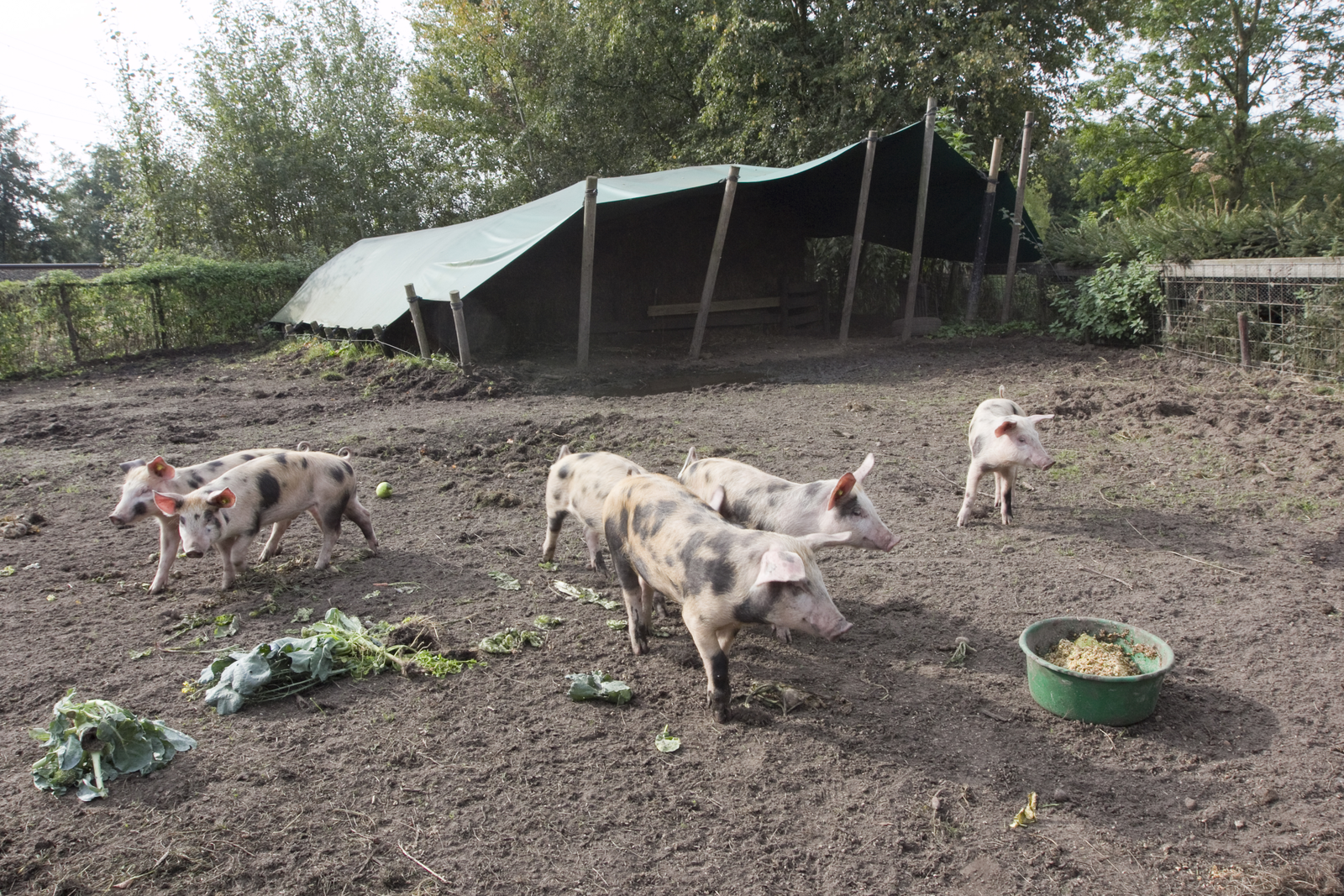Farming in tropics more intensive with better forage

Small-scale livestock farming in the tropics can become more intensive yet sustainable if more and better forage is used to feed the animals being reared, say scientists at CIAT (International Center for Tropical Agriculture) and Thomas Rudel of Rutgers University in the US, in Springer’s journal Ambio.
This could benefit farming endeavours in rural South Asia, sub-Saharan Africa, Central America and the Caribbean, and see a move away from the increased reliance on grain-based feeds, say the scientists.
Rise in grain prices
The world’s livestock population has over the past two decades shifted from ruminants (such as cattle, goats and sheep that digest their food in a complex of stomachs) towards monogastric animals (such as pigs and poultry that have a single stomach). Whereas the former can quite easily digest pasture grasses, other forages and roughages, the latter cannot. In especially the developed world farmers increasingly use more grain and soybean-based concentrates to feed their animals. This has led to a rise in grain prices and has reduced the availability of food for human consumption.
Increasing use of forages to feed livestock
Rudel and his associates at CIAT argue that the “LivestockPlus” program could be a way forward by increasing the use of forages to feed livestock, which is often reared on small farms, in the tropics. Its agricultural research and extension efforts help to intensify in sustainable ways the management of forage grasses and legumes, shrubs, trees, and animals.
“In addition to enhancing the food security of poor consumers by reducing global demand and prices for grains, forage-focused sustainable intensification would improve the productive capacity of poor producers who raise crops and livestock on small landholdings in rural South Asia, sub-Saharan Africa, and Central America.,” says Rudel.
Introducing new and more nutritious forage varieties
So far the adoption of new tropical forages has often been fitful with exception such as the large scale adoption of pasture grasses in Latin America, explains Rudel, as it often only occurs in specific locations and too slowly to produce noticeable changes in financial or environmental terms. It can be done better by introducing new and more nutritious forage varieties and animal management practices to specific farming areas, and by spreading the news about it from farmer to farmer by word of mouth. The tighter integration of forage production with other agricultural activities on a farm could also work well.
Join 26,000+ subscribers
Subscribe to our newsletter to stay updated about all the need-to-know content in the feed sector, three times a week. Beheer
Beheer








 WP Admin
WP Admin  Bewerk bericht
Bewerk bericht